“Today, sadly, we mark the closing of St. Clare’s Convent and the departure of the Sisters of Mercy from their residence in the ‘white house’, the cornerstone building of what we now know as St. Clare’s Mercy Hospital. The Sisters of Mercy may be leaving a building but they are not leaving healthcare or the ministry at St. Clare’s.”
On March 3 a brief ceremony in the hospital chapel marked the closing of St. Clare’s Mercy Hospital Convent on LeMarchant Road, St. John’s, NL.
St. Clare’s Mercy Convent.jpg)
The grand, three-storey house on the corner of St. Clare Avenue and Lemarchant Road was purchased from the Honorable E.M. Jackman by Archbishop M. F. Howley in 1913 for five thousand dollars. Bishop Howley’s plan was to open a hostel for women who came to St. John’s looking for work.
A Presentation Sister, M. Clare English, was a keen supporter of the project and began to raise money for it. She donated the proceeds of a rosary made of gold nuggets given to her by a prospector relative. In September 1913 St. Clare’s Home for Working Girls was opened. Bishop Howley asked the Sisters of Mercy to administer the home since such ministry was more in keeping with the rule of their order; the operation of such an institution was one of the ministries for which they were founded. Three Sisters of Mercy took up residence in the ‘white house’.
Within a year, Bishop Howley had considered turning the home into a Catholic hospital but he died before any action could be taken. Archbishop E.P. Roche built on his predecessor’s dream to establish a Catholic hospital. He arranged for Sister Mary Bernard Gladney, one of the three sisters at St. Clare’s Home, to go to a Sisters of Mercy Hospital in Pittsburg to train as a nurse and to eventually take the leadership of establishing and running the hospital.
St. Clare’s Mercy Hospital opened in May 1922. Katherine Bellamy writes in her history: “The little hospital soon gained a superb reputation for its care of the sick, and within a short time it was functioning at full capacity.” Bellamy, Weavers of the Tapestry, p. 390.
Additional sisters went to the United States to train as registered nurses. Others trained for dietetics, radiography, anesthesia and laboratory. The sisters continued to live in the hospital in a section of the building set aside for their community life. Surely they were on call every day and every hour! As the years passed and the hospital grew, with new modern extensions, more room became available in the “white house” for the sisters who themselves were increasing in numbers. The lab was the last vestige of the hospital that shared the house with the sisters! A modern large, new lab was built into the 1970s extension and the sisters finally had the convent to themselves!
For the past 102 years, beginning in the former Jackman home, the Sisters of Mercy have reached out with competence and compassion to all who came through the doors seeking shelter, healing and care. The sisters were pioneers of health care in the province and provided leadership in all facets of care of the sick. They were pioneers of wholistic care long before it became part of medical terminology. Over the years they lead the way in comprehensive hospital care, information technology, pastoral care, palliative care, detoxification and innovative mental health care. We celebrate that great story!
Ceremony
The ceremony (repeated in the early evening) to mark the closing of the convent recognized the contribution of the ninety-two women who lived in the ‘white house’ over the 102 years. The participants, graduates from St. Clare’s School of Nursing, staff and former staff, sisters, physicians, administrators and colleagues, celebrated in readings, prayer and song and gathered at the end for a “good cup of tea”.
In her reflection Sister Elizabeth Davis, Congregational Leader and former CEO of St. Clare’s said: “The ninety-two Sisters of Mercy who have called the Convent home over more than one hundred years have been primarily involved in Mercy health and healing ministries – at St. Clare’s Mercy Hospital and at St. Patrick’s Mercy Home – and in education ministry at the St. Clare’s School of Nursing. These women have made a difference in the lives of individuals who came to the hospital for healing, in the health and health care of the people of Newfoundland and Labrador, in the education of women and men working within health care, and in the shape of our province’s health care system. In a few moments we will hear the names of these ninety-two women, we will see the faces of the ones who loved us and influenced us and shaped who we are and what this hospital is.”
Sisters of Mercy will continue to be committed to the provision of medical, spiritual and pastoral care, to visitation of sick people in St. Clare’s and in other hospitals, private homes and long-term care homes, to support people on dialysis, to encourage and support educational, spiritual and leadership endeavours within health care, to advocate for justice for people with complex needs, and to the encouragement and support all with whom they collaborate.
Gratitude
We acknowledge the contribution of the sisters who lived in St. Clare’s Convent since 1913, a home and refuge for women; and later the foundation of a hospital that would grow to be a modern tertiary healthcare facility among the present-day comprehensive services of the Eastern Health Regional system.
May the Spirit of Mercy continue to inspire all of those who continue to walk in the footsteps of these Women of Mercy.
Note: the ‘white house’ is now the property of the Eastern Health Regional Board.


.jpg)
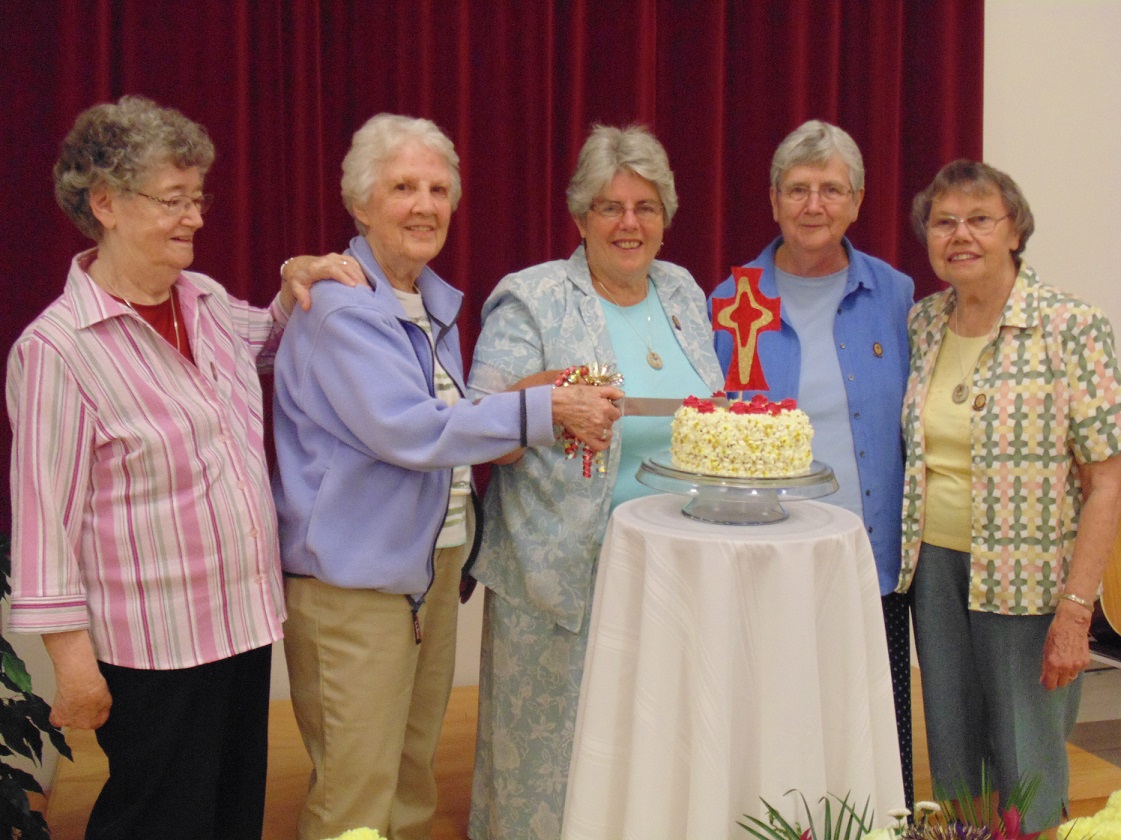
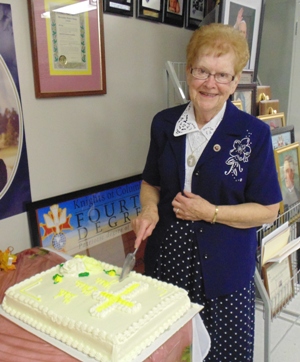


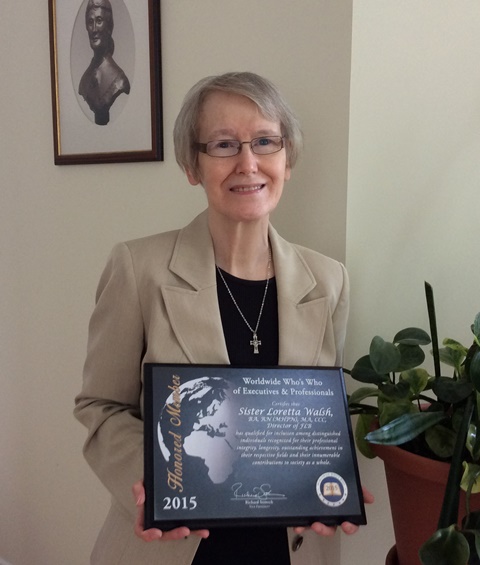
.jpg) Awaiting with prayerful and expectant hearts the publication of “Laudato Si’: On the Care of Our Common Home”
Awaiting with prayerful and expectant hearts the publication of “Laudato Si’: On the Care of Our Common Home”.JPG) St. John’s in 2014 and had stayed at Mercy Convent. The whole community of seven members is in St. John’s from April 30 to May 7, 2015 to attend a vocations discernment weekend at Mary Queen of the World Parish and also a mission at Corpus Christi Parish.
St. John’s in 2014 and had stayed at Mercy Convent. The whole community of seven members is in St. John’s from April 30 to May 7, 2015 to attend a vocations discernment weekend at Mary Queen of the World Parish and also a mission at Corpus Christi Parish..PNG) Pictured above is the whole community with Sisters Maureen O’Keefe and Margie Taylor at Mercy Convent. To the left is Mother Mary Bernadette, the foundress, with Sister Rosemary Ryan.
Pictured above is the whole community with Sisters Maureen O’Keefe and Margie Taylor at Mercy Convent. To the left is Mother Mary Bernadette, the foundress, with Sister Rosemary Ryan.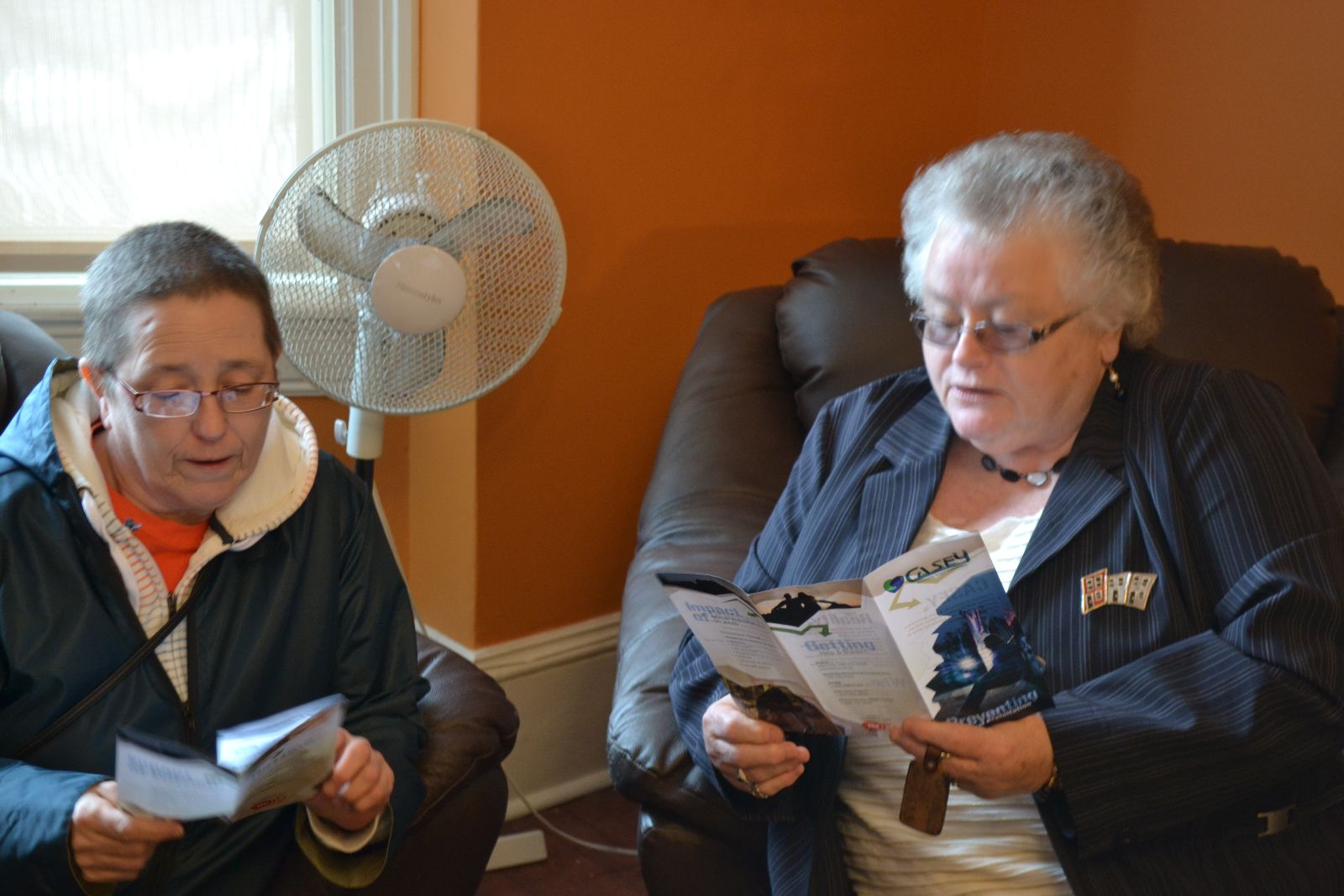
.jpg)



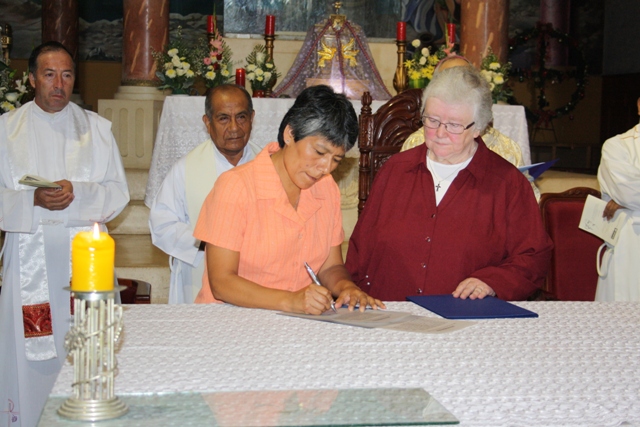 Alita made her profession of vows in a eucharistic celebration in the Church of San Pedro of Monsefu, Chiclayo, March 20, 2015. The evening was a wonderful experience of faith, charism, community and ministry all held in the embrace of Mercy.
Alita made her profession of vows in a eucharistic celebration in the Church of San Pedro of Monsefu, Chiclayo, March 20, 2015. The evening was a wonderful experience of faith, charism, community and ministry all held in the embrace of Mercy.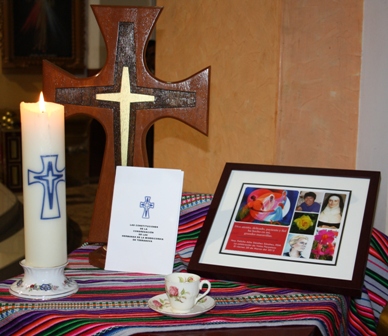
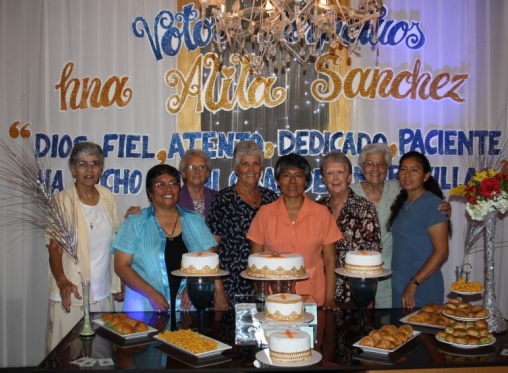
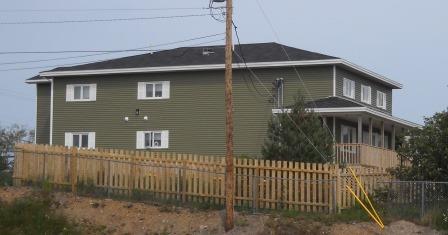

.JPG)
.JPG) to some girls for their 3 months stay, usually at McAuley Convent and Presentation Motherhouse and one stayed at Mercy Convent. The new “state of the art” long term care facility the government built in St. John’s is short staffed so some of the Jamaicans were invited to come here to work.
to some girls for their 3 months stay, usually at McAuley Convent and Presentation Motherhouse and one stayed at Mercy Convent. The new “state of the art” long term care facility the government built in St. John’s is short staffed so some of the Jamaicans were invited to come here to work..JPG)
 It is coincidental that in the formalities of both events the song Standing on The Shoulders was sung. The song reflects on the strength and courage of those whom we followed in life and ministry and recognized that we are the shoulders upon which others will stand as they go forward.
It is coincidental that in the formalities of both events the song Standing on The Shoulders was sung. The song reflects on the strength and courage of those whom we followed in life and ministry and recognized that we are the shoulders upon which others will stand as they go forward.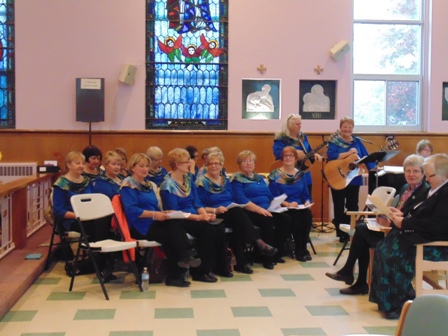 In her speech Sister Elizabeth Davis, Congregational Leader, described how the Sisters of Mercy responded to a vision of a former archbishop, P.J. Skinner, to establish a home for the elderly population by taking on the staffing and administration of the home. She commended the dedicated staff and volunteers who worked with the sisters to provide the warmth and care that makes St. Patrick’s a “home”.
In her speech Sister Elizabeth Davis, Congregational Leader, described how the Sisters of Mercy responded to a vision of a former archbishop, P.J. Skinner, to establish a home for the elderly population by taking on the staffing and administration of the home. She commended the dedicated staff and volunteers who worked with the sisters to provide the warmth and care that makes St. Patrick’s a “home”.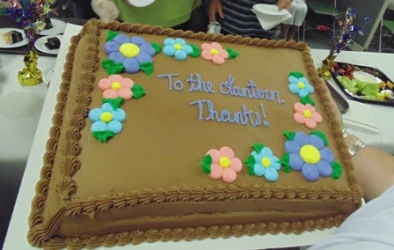 This is also big week for
This is also big week for 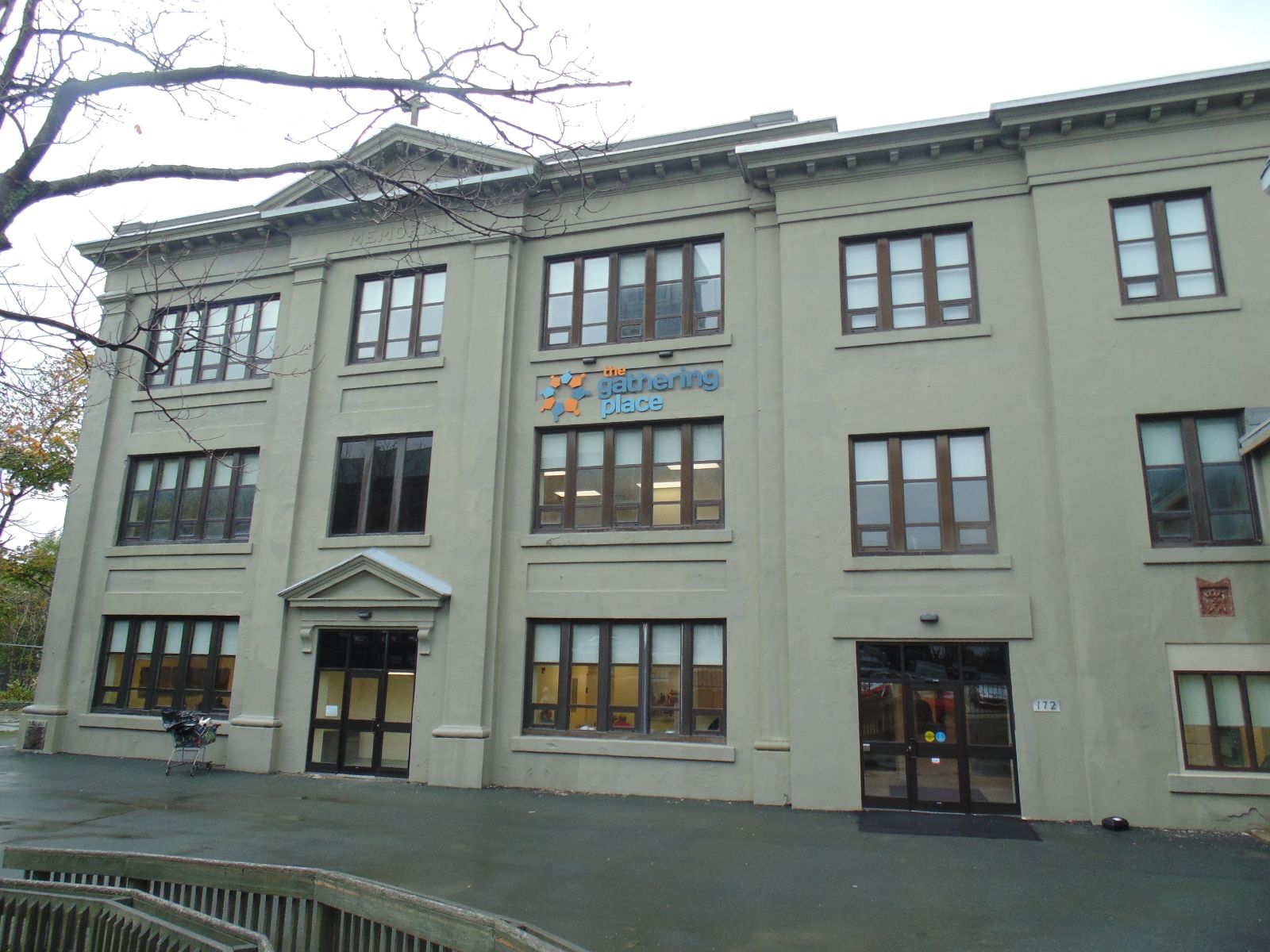 Events of this week honored the guests, the founders, the volunteers, the donors, the media and the general public – all who are associated with The Gathering Place.
Events of this week honored the guests, the founders, the volunteers, the donors, the media and the general public – all who are associated with The Gathering Place.